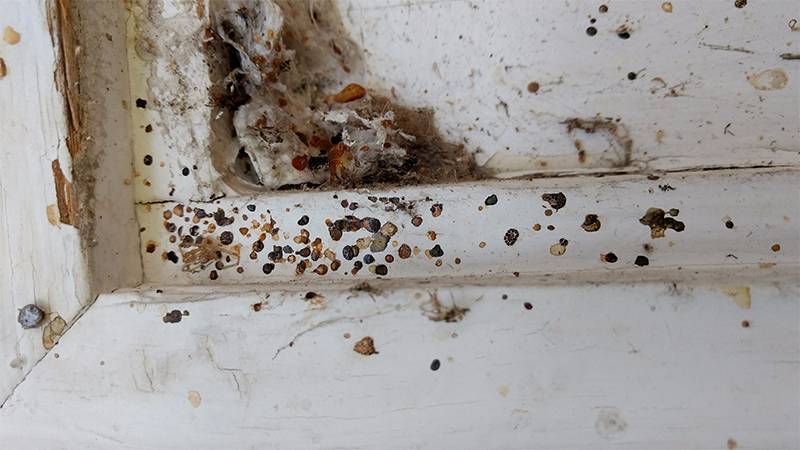Integrated Pest Management
Elm Seed Bug
Arocatus melanocephalus
Pest Description
- adults: 1/3 inch; alternating black and red pattern outside of wings; red underside (abdomen)
- triangular segment behind head is black and surrounded by red on the top portion of the wings
- nymphs: smaller; red abdomens and black wing pads and head
Host Plants, Diet & Damage
- elm; linden
- feed primarily on sap from elm seeds and leaves
- no damage done to tree
- congregate on structures and can come indoors during hot periods of the summer
- overwinter in cracks, crevices, leaf litter and in buildings
- may stain lightly colored materials with fecal material
- emit an unpleasant odor when bothered
Biology, Life Cycle & Damaging Life Stage
- overwinter as adults in and around homes
- become active in March with warming temperatures
- adults lay eggs on elm seeds and trees in May
- one generation per year, but overlapping life stages may be present
IPM Recommendations
- No damage to trees; nuisance pest only.
- Remove unwanted/volunteer elm trees in the area if possible.
- Seal cracks that may allow bugs to enter buildings.
- Vacuum to remove indoor and outdoor populations.
- Remove elm seeds that have collected around buildings.
For more information, see our Elm Seed Bug fact sheet.




